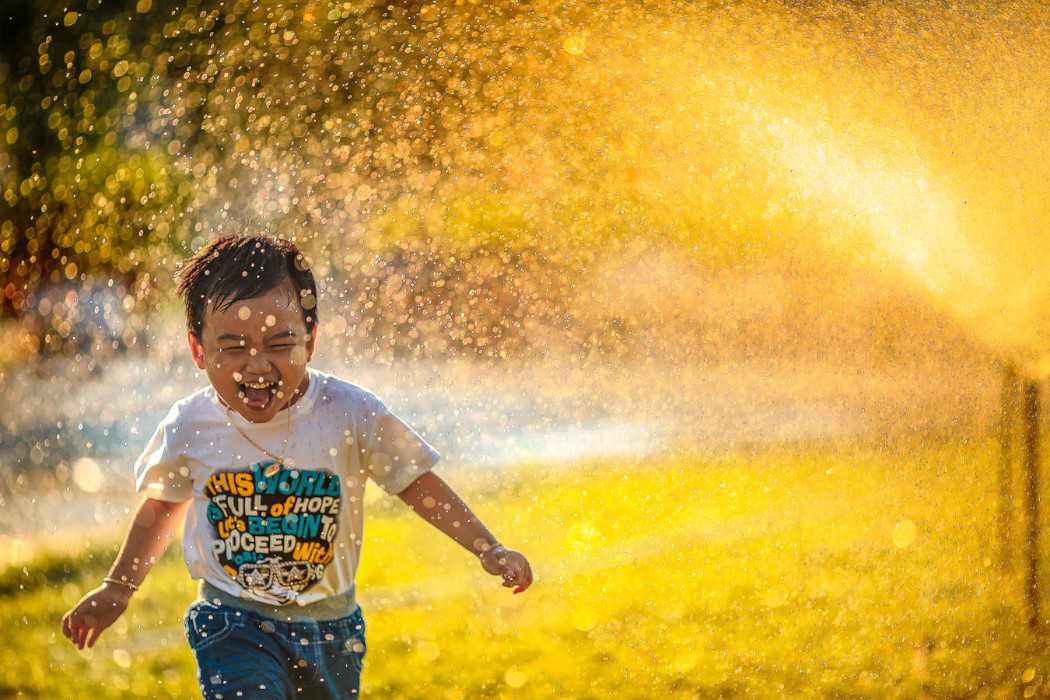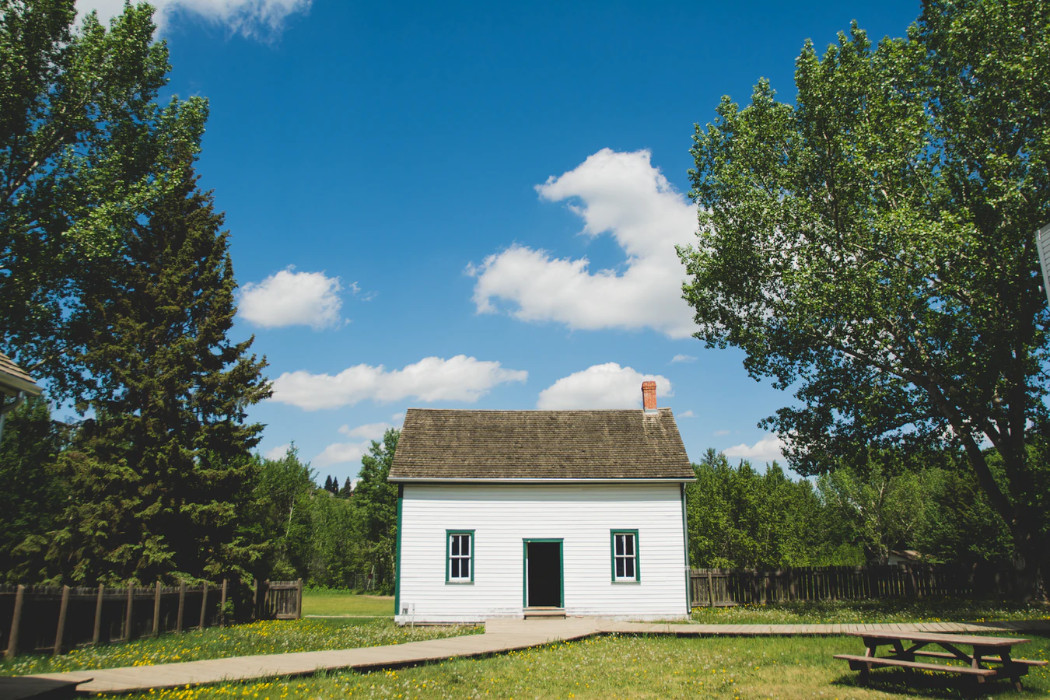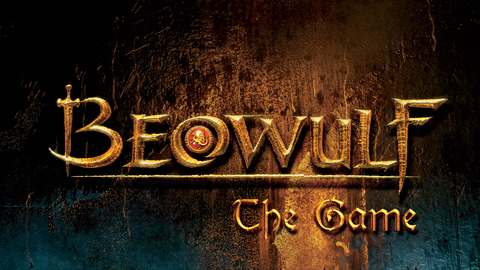“Where I’m From” is a poem where the readers look back at a childhood full of things but in the process of looking back, the speaker is clarifying her identity as of now…I am from…meaning that her identity is made up of all these things from her past.
Where I’m From Analysis
This poem where I’m From poem goes some way towards answering the question who am I? The speaker takes the reader on a journey through her childhood, through time and into the home where she was brought up. Therefore, there are many different domestic objects on view, each one with a connection back to the speaker. The home and its environment become alive. It is mostly done through simple suggestions and memories. The speaker is not only a product of the household interior, she relates to nature too.
Take the forsythia bush and the helm, whose limbs (branches) feel like her own, an allusion to a rooted existence and steady growth. The second stanza mainly consists of references to a religious upbringing. The phrase He restoreth my soul is from Psalm 23, from the Old Testament of the Bible and cotton ball lamb could be Jesus Christ and the ten verses also from the Good Book.
We all know what know-it-alls are; they are people with rampant egos who think they know everything about everything but sometimes know very little and are not willing to learn! Perk up and Pipe down is probably straight out of the family household or classroom, where an adult has calmly suggested to the speaker that they should:
a) Go deep for energy, and look on the bright side of life and find their charm again.
b) Not talking so much and in so loud a fashion.
In the third stanza, the reader is taken into the state of Kentucky, to Artemus and Billie’s Branch. The setting is rural, or basic, for she is from is fried corn.
She also is from a finger belonging to her grandfather, which was lost in an accident with an auger, a large wood-boring drill made of metal. Moreover, the eye of her father, which had to be kept, shut to save his sight.
The final stanza concludes with that most mysterious of places – under the bed, where lurk often ghosts and bogeymen and what have you. However, not in this case. The speaker is seen keeping her dress box and it is overflowing with images from her past, perhaps her ancestors.
The imagery is vivid – picture the girl asleep, dreaming, whilst the visages of her past family go on with their business below. What about the word sift? It means to separate out the most important things, in this case, ancestral portraits.
The final two lines are a bit of mystery. What does she mean when she says that she was snapped before she budded? Does that imply that she was broken and was not allowed to flourish? Moreover, that she has now left the family fold.
Where I’m From Tone
“Where I’m From” is a free verse poem, 28 lines long contained within 4 stanzas. There is no set rhyme scheme and the meter is varied, which brings change in the rhythm. The narrator voices clearly right from the start…I am from…, signifying direct telling.
Repetition: There is a definite emphasis on establishing a strong identity. The first stanza alone has a triple repeat of I am from, which is subsequently shortened to I’m from as the poem progresses. It must be noted that how the poet has avoided a sense of monotony by separating these repeat words with different lines, and mixing it up and keeping up the challenge for the reader.
Language/Diction: The language of belonging features strongly in this poem, and together with some specific objects are introduced through the memory of the childhood home and special ‘time capsule’ lines. Clothespins that is Clorox and carbon tetrachloride is a solvent for fats, is a domestic word. Few other words are local to where the speaker grew up: Imogene and Alafair are girl’s names.
Artemus and Billie’s Branch are two forks of the family tree. They converge or two places in Kentucky, a small town and a river respectively.
The title at first look seems like it is from a person looking back on life and telling what their life started with, and what they first held importantly. “Where I’m from” appears to be the examination of early life important events, things, places, and ideas formed by the speaker, who judging from the text likely grew up in a rural seeing. There is not much in the way of depth to look to hidden meanings of the poem, but the meaning put forth can be examined.
The speaker seems to be a rural girl to my understanding based on specific acknowledgment brought to the trees, specific foods like “fried corn”, and the general allusions to church made. It is uncertain to tell if it is symbolism or simply names during some of the work such as Artemus and Billie’s branch. Artemus is an important figure in literature but seems out of place if it was actually alluding to a god rather than just a simple name.
The author seems reminiscent and is looking back fondly on her past. The major shift in the work comes from line 16 in which the things the author came from becoming less formulaic in response and goes for a more broad explanation of where she is from instead of using very specific examples. The theme is a tad difficult to say since the poem is very exact and personalized in its original form, but it is a guess to say the theme is akin to a person is decided by what they connect to in youth.
Conclusion
“Where I’m From” is a poem that has become a classroom classic and is taught throughout the world. We all have our own story to tell. This poem helps to zoom in on the specifics of that story and allows exploration of background, home, childhood, upbringing, and family culture.
Therefore, George Ellen Lyon created the poem to help her in the quest to find out just where she did come from. By remembering and naming all the things that stood out as important in her childhood, she was able to put things into perspective and find that special place. “Where I’m From” takes the reader into the world of the speaker and it gradually builds up a picture of identity and the factors that shape it.
Some online learning platforms provide certifications, while others are designed to simply grow your skills in your personal and professional life. Including Masterclass and Coursera, here are our recommendations for the best online learning platforms you can sign up for today.
The 7 Best Online Learning Platforms of 2022
- Best Overall: Coursera
- Best for Niche Topics: Udemy
- Best for Creative Fields: Skillshare
- Best for Celebrity Lessons: MasterClass
- Best for STEM: EdX
- Best for Career Building: Udacity
- Best for Data Learning: Pluralsight
















